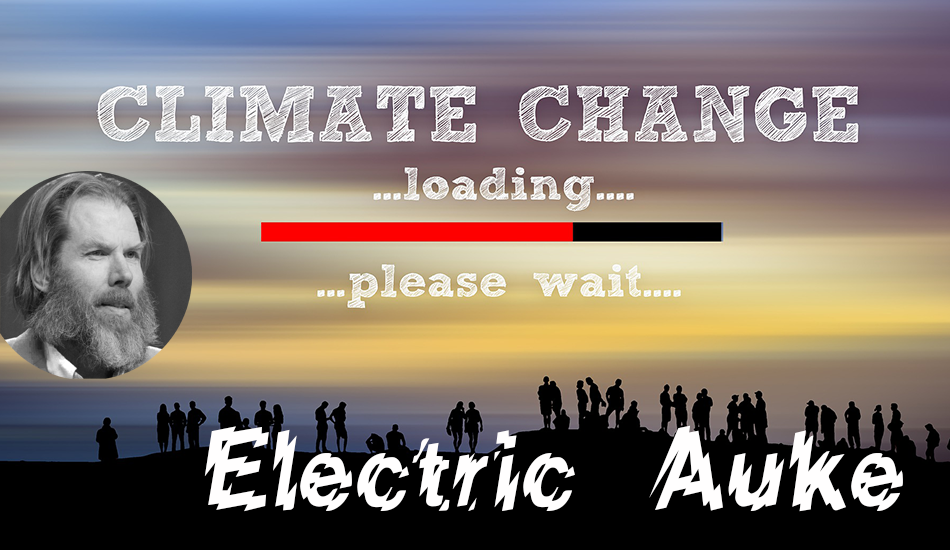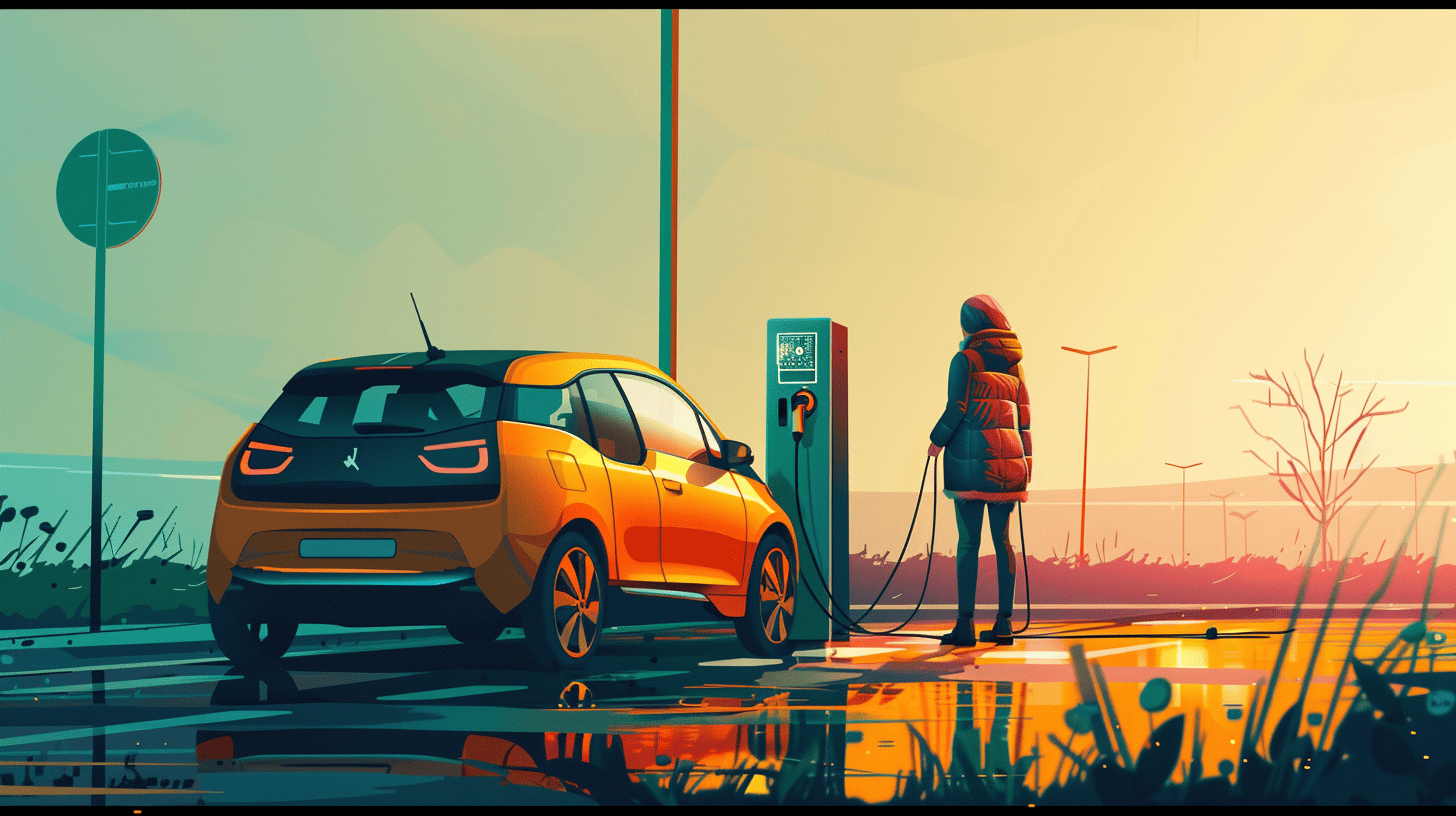
Each week we take a look with EV specialist and Innovation Origins columnist Auke Hoekstra at what caught his eye on topical issues or what he runs into when it concerns the preservation of our planet.
Have you heard?
“What?”
Almost half of all new cars sold in the first three weeks of December were fully electric. Most of those electric cars were Tesla Model 3s, that’s great, isn’t it?
“Absolutely! I’m one of those people myself, by the way. I’ve never ever spent even half of that much money on a car, but this one is worth it as far as I’m concerned. Some people don’t like the controls, but I think that context sensitive touch screen is perfect. It’s a truly beautiful car.”
But that’s not what you wanted to talk about, is it?
“No, I actually have something even better,” says Auke as he gets into his white Tesla Model 3. “I’ll just stick in my home address and then we can talk while I’m driving.”
When his home address is keyed in, the seat belt buckled up and the hands-free kit set, Auke starts recounting: “In 2016, the IPCC (a UN working group that analyzes and researches the risks of climate change, ed.) came up with a scenario that projects a warming of 8.5 watts per square meter in 2100 compared to 1990. Global warming would then reach 4.6 degrees Celsius with a margin ranging from 3.3 to 5.9 degrees’.
That doesn’t sound good
“No, it’s a real doomsday scenario. But it turns out to be a bit different. First of all, this scenario ignores the fact that renewable energy is becoming cheaper and electric cars more popular. But it goes much further than that. Two scientists from the climate and energy world have delved into the figures together. One – Justin Ritchie – has even been awarded a doctorate for it. So now it turns out that this IPCC scenario presupposes that we will use seven times more coal in 2100 than we do now. Seven times! I was really surprised about that. At first I thought: it can’t be true because that’s utter bullshit.”
What is the situation according to these two scientists then?
“They’ve used the IEA ‘business as usual’ projection model, the one where no climate measures are taken into account. That’s a scenario I’ve been challenging for 15 years already. It’s a far too conservative scenario as far as renewable energy is concerned. But even with that ultra-conservative scenario from the IEA (known as the CPS/Current Policies Scenario), global warming would reach 2.9 degrees Celsius with a variability between 2.0 and 3.8. That’s still far too much, but it’s really much less of a doomsday scenario than what the IPCC report states. That was my next best Christmas present after NEON!”
What does this mean?
“I’ve learned that reaching 2 degrees – let alone 1.5 degrees – is harder than ever. We’ve just wasted so much time. On the other hand, it’s also very positive news. It shows that we really do have influence when we reduce CO2 emissions. The model turns out to be more sensitive than we thought: one ton more or less of CO2 has more impact than we ever thought. If you take the figures from recent years, you”ll see that we’ve started to emit less. We are more in control of fate. That gives me hope for the future!
Will it have any other consequences?
“The great thing about this research is that two scientists from different worlds have worked together to sketch a more realistic picture. I think that’s terrific. What you often see is that there is not much understanding for each other’s views. These kinds of collaborations break through that and help us to understand each other a little better.”







